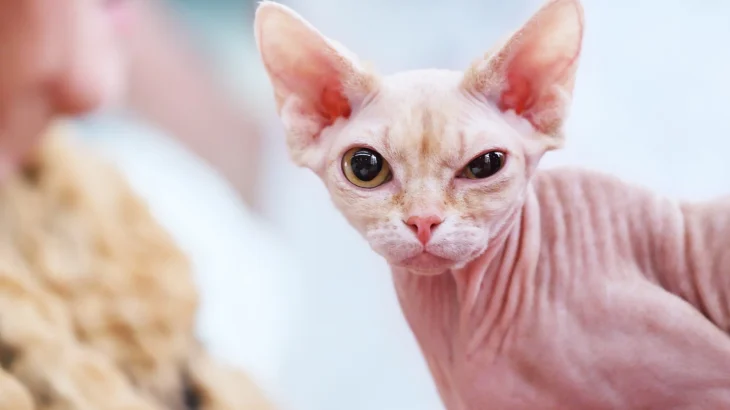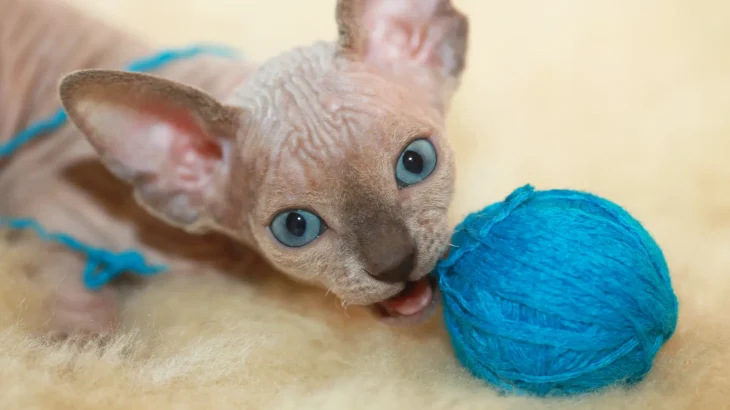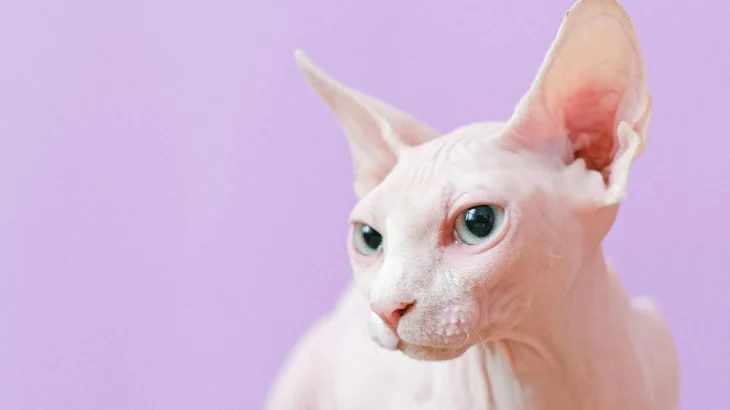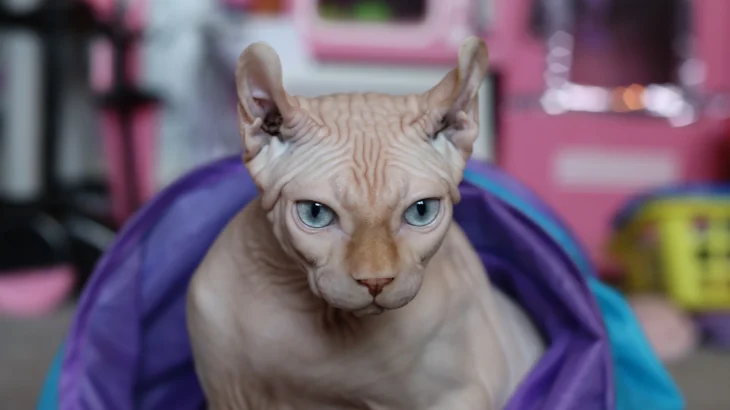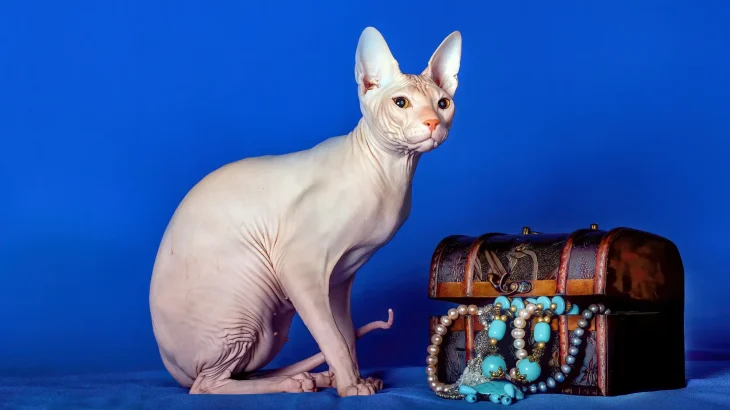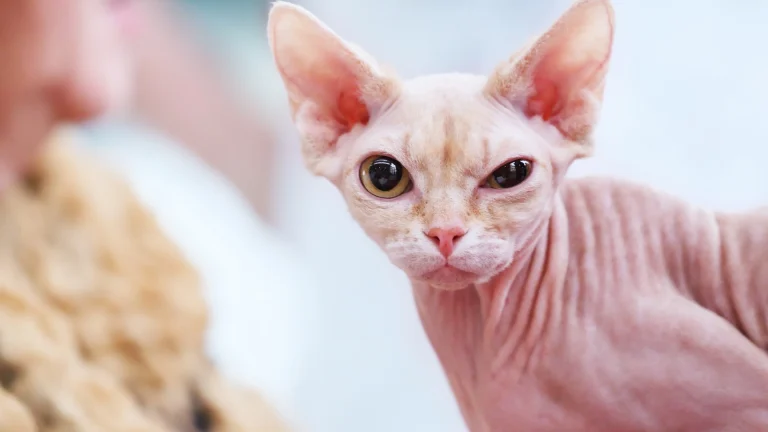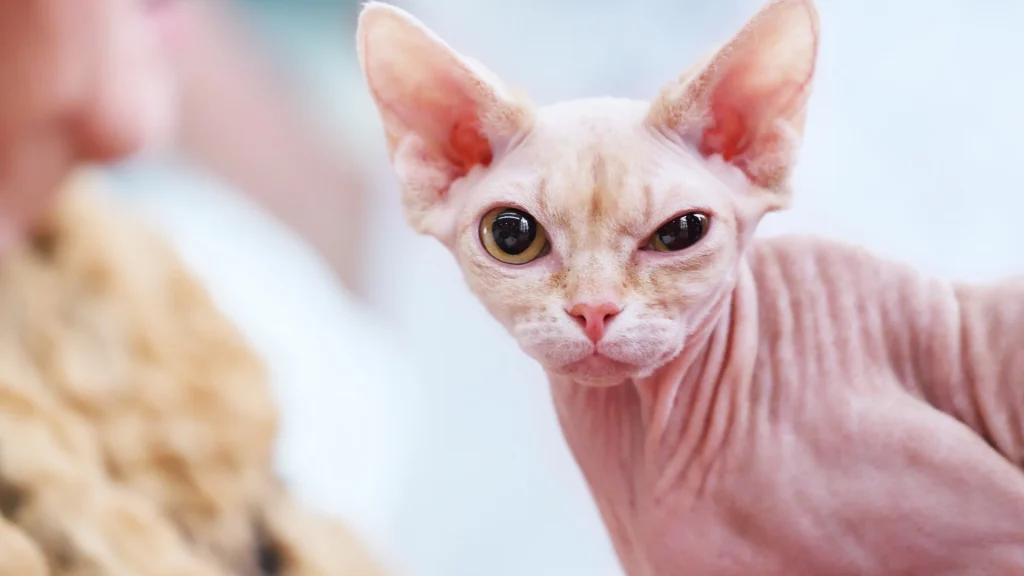Deciding whether to adopt or purchase a Sphynx kitten involves weighing predictability against opportunity. Purchasing from a breeder often means clearer insights into the kitten's health background and genetic lineage, while adoption can offer the chance to provide a loving home to a kitten in need, though with less certainty about its history.
Adoption vs. Breeder: Pros & Cons
| Criteria | Buying from Breeder | Adopting from Shelter/Rescue |
|---|---|---|
| Cost | Generally high initial price (often $1,500-$3,000) due to breed rarity and care. | Lower adoption fees, typically between $50-$300, which may include vaccinations and spay/neuter. |
| Health History | Comprehensive health records and genetic testing often provided by responsible breeders. | Health details can be limited; shelters may perform health checks but genetic history is usually unknown. |
| Age Availability | Mostly kittens available, allowing early socialization and training. | May find kittens as well as adult cats; rare to find purebred Sphynx for adoption due to breed rarity. |
| Temperament Insight | Breeders can share information on lineage temperament and socialization. | Temperament generally based on shelter observations; full history may be unclear. |
| Supporting Practices | Supports ethical breeding practices when choosing reputable breeders. | Supports animal welfare by giving a home to cats who need one. |
| Ethical Considerations | Important to avoid contributing to irresponsible breeding or overpopulation. | Helps reduce shelter populations and discourages kitten mill practices. |

